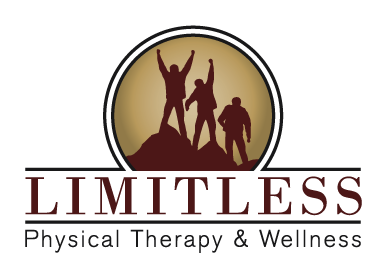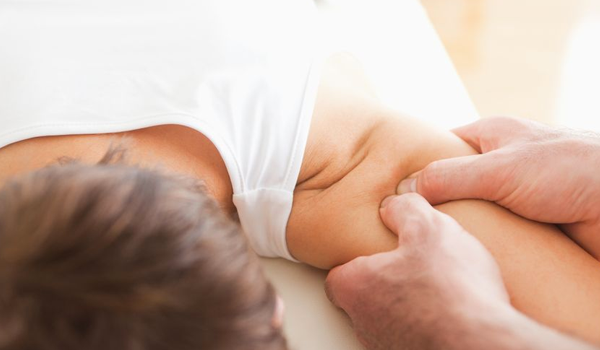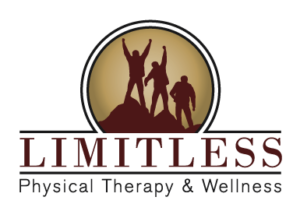Perhaps you’ve heard of people going to physical therapy after a car accident? Or maybe your own doctor has recommended physical therapy for yourself? Let’s take a quick walk-through of the field of physical therapy so that you can better understand what we do and what to expect when you come to our office.
Physical therapy is an allied health practice that uses mechanical force and movements, manual therapy, exercise therapy, and electrotherapy to remediate impairments and promote mobility and function. Our ultimate goal is to help patients reduce pain and regain day-to-day mobility and strength without invasive surgeries or the long-term use of prescription medications.
What Can Be Treated with Physical Therapy?
Our specialty is working with the bones, muscles, tendons, ligaments, and nerves. Therefore, we are commonly involved in the treatment of:
• Neck pain and whiplash
• Shoulder impingements
• Rotator cuff problems
• Joint pain
• Carpel Tunnel Syndrome
• Low back pain
• Runners knee
• Plantar fasciitis
• Bursitis
• Joint replacement rehabilitation
• Arthritis
• Sciatica
• Piriformis Syndrome
• Shin splints
• TMJ
• Fibromyalgia
• Scoliosis
• Lou Gehrig’s
• Cerebral Palsy
• Multiple Sclerosis
• Guillan-Barre Syndrome
What Happens During Physical Therapy?
Your first appointment will be largely an assessment of your needs and creating a treatment plan. The Physical Therapist will ask you questions about your pain, your ability to perform everyday tasks, how well you sleep, and your medical background. Next, you will be given some basic movement tests that measure how well you can move around, reach, bend, or grasp; how well you can ambulate on flat surfaces and stairs; and your posture and balance. Finally, your physical therapist will work with you to create a treatment program. Together, you will set goals related to functionality and pain relief and define the exercises or other treatments necessary to attain those goals.
Subsequent physical therapy treatments might include any of the following, depending on your needs:
• Exercises
• Stretches
• Massage
• Heat therapy
• Cold therapy
• Ultrasound
• Dry needling
• IASTM
• Cryotherapy
• Rehab to help you learn to use an artificial limb
• Practice with medical equipment to help you ambulate, such as a walker or cane
Physical therapy is a very patient-centered practice. Your goals, treatment plan, exercises, duration of treatments all depend upon you and your needs. If you think physical therapy might improve your quality of life, we’d love to explore that with you!



